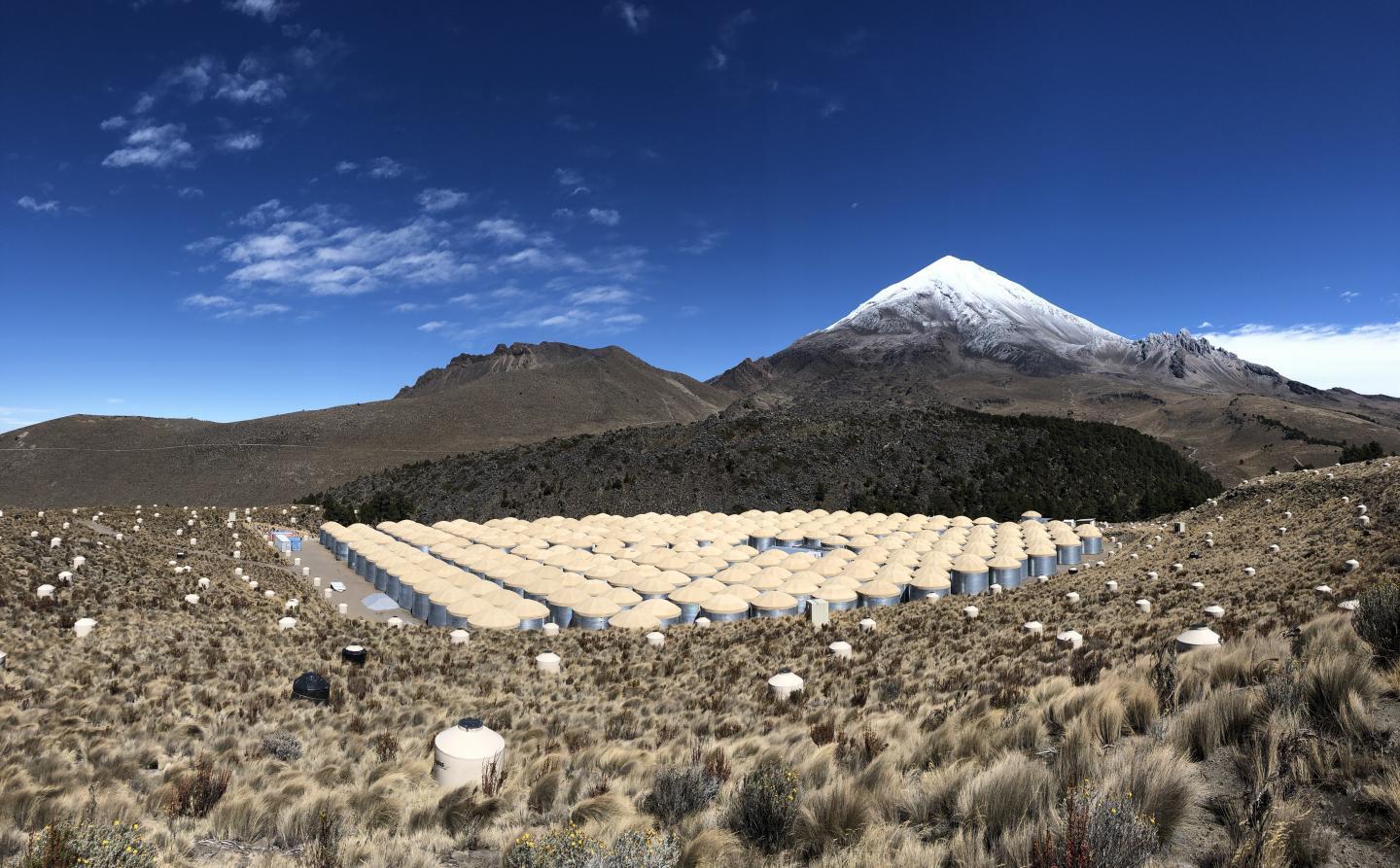Sun’s most powerful blast of energy rays just detected - but its origin remains a mystery
‘We thought we had this star figured out, but that’s not the case’
Your support helps us to tell the story
From reproductive rights to climate change to Big Tech, The Independent is on the ground when the story is developing. Whether it's investigating the financials of Elon Musk's pro-Trump PAC or producing our latest documentary, 'The A Word', which shines a light on the American women fighting for reproductive rights, we know how important it is to parse out the facts from the messaging.
At such a critical moment in US history, we need reporters on the ground. Your donation allows us to keep sending journalists to speak to both sides of the story.
The Independent is trusted by Americans across the entire political spectrum. And unlike many other quality news outlets, we choose not to lock Americans out of our reporting and analysis with paywalls. We believe quality journalism should be available to everyone, paid for by those who can afford it.
Your support makes all the difference.Astronomers have discovered the highest-energy light rays ever observed from the sun in a finding that raises more questions on how such radiation is emitted from its solar atmosphere.
Since the 1990s, scientists have observed that the sun emits many different kinds of high energy radiation such as gamma rays, as expected from theoretical predictions.
But now, a new study based on six years of data that was published in the journal Physical Review Letters on Thursday has found there is more of this type of light, known as gamma rays, coming from the sun at much higher energy levels than previously anticipated.
“The sun is more surprising than we knew. We thought we had this star figured out, but that’s not the case,” said study co-author Mehr Un Nisa from Michigan State University (MSU).
While this type of radiation doesn’t reach the Earth’s surface, it tends to create “telltale signatures” that can be observed in the atmosphere.
Scientists made the groundbreaking observation working with the High-Altitude Water Cherenkov Observatory (HAWC) located on the flanks of the Sierra Negra volcano near Puebla, Mexico at an altitude of about 4,100m (13,500ft).
The facility looks a lot different from the typical telescope and is specifically designed to observe gamma rays and cosmic rays which are produced in the most extreme environments in the universe, such as supernova explosions.
It uses a network of 300 large water tanks – each filled with about 200 metric tons of water – nestled between two dormant volcano peaks in Mexico.
Here, the HAWC observes the aftermath of gamma rays striking air in the atmosphere, creating what are called air showers, which are like particle explosions invisible to the naked eye.
In these interactions, the gamma ray energy is redistributed into particle fragments and light which are observed by the HAWC.

Analysing data from such interactions since 2015, Dr Nisa and her team had acquired enough data by 2021 to start examining the sun’s gamma rays with enough scrutiny.
The sun is known to emit energy in different wavelengths, some being more abundant than the others.
One of these is visible light, which carry energy of about 1 electron volt.
In comparison, the gamma rays that Dr Nisa and her team observed, had about 1 trillion electron volts, or 1 tera electron volt (1 TeV).
Not only was this energy level so surprising to the researchers, but the amounts of these rays they were detecting was a lot.
“After looking at six years’ worth of data, out popped this excess of gamma rays. When we first saw it, we were like, ‘We definitely messed this up. The sun cannot be this bright at these energies’,” said the physicist, who will soon be joining MSU’s faculty.
Scientists had previously theorised as far back as the 1990s that the sun could produce gamma rays when cosmic rays from sources like a black hole or supernova smash into protons in the sun.
But it was also hypothesised that it would be very rare to see these gamma rays reach Earth. There were no instruments available at the time that were capable of detecting such high-energy gamma rays.
Then in 2011, Nasa’s Fermi Gamma-ray Space Telescope made the first observation of gamma rays with energies of more than a billion electron volts.
But this telescope’s measurements of the sun’s gamma rays maxed out around 200 billion electron volts.
The latest observation is the first time scientists have shown that the energies of the sun’s rays can extend into the TeV range – up to nearly 10 TeV – which could be the maximum, according to Dr Nisa.
But researchers are still unsure how exactly these gamma rays achieve such high energies.
The role of the sun’s magnetic fields in this phenomenon also remains elusive.
“Current theoretical models are unable to explain the details of how solar magnetic fields shape these interactions,” researchers wrote.
“This shows that HAWC is adding to our knowledge of our galaxy at the highest energies, and it’s opening up questions about our very own sun. It’s making us see things in a different light,” Dr Nisa said.




Join our commenting forum
Join thought-provoking conversations, follow other Independent readers and see their replies
Comments